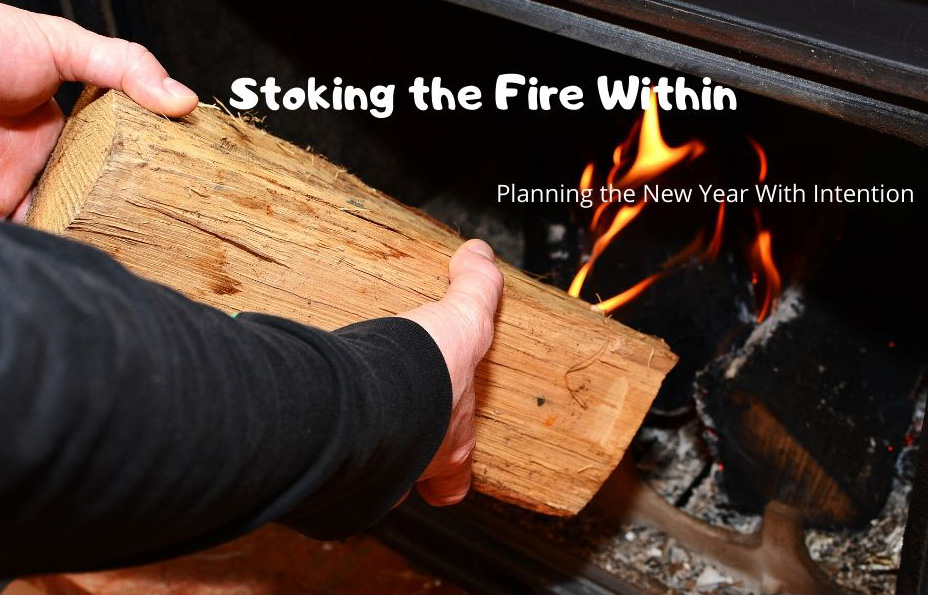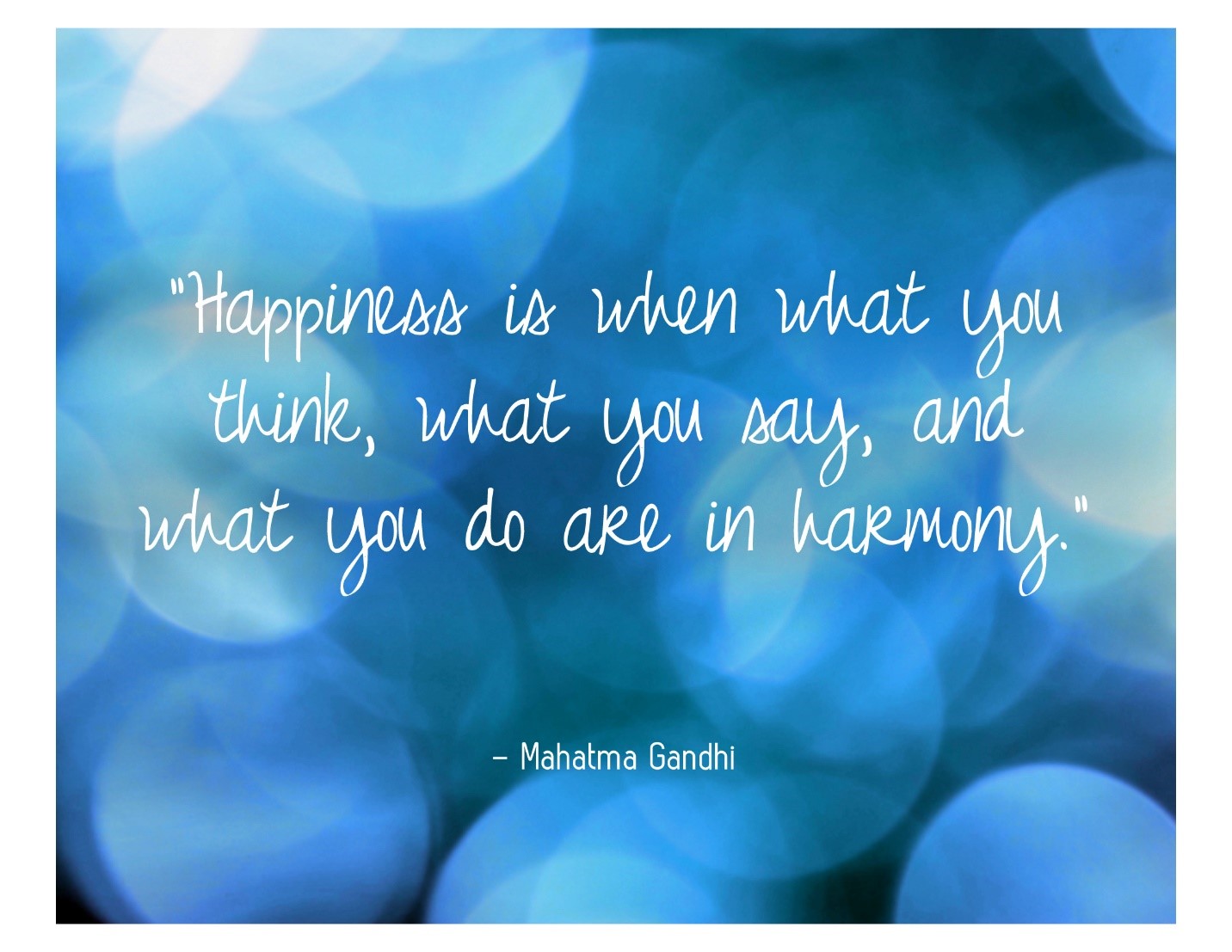
HAPPY NEW YEAR! You’ve probably been hearing that from friends, family, and acquaintances for a few days now. Does the calendar change to a new year excite you, challenge you, make you angry, or intimidate you? Those reactions are all legitimate, by the way!
I would encourage you to have an authentic response to the new year, no matter what the expectations are. Personally, I dislike the word “resolution”, because there is a negative aspect to it. If you resolve to do something and you quit or you “fail”, are you then a failure, resulting in a fear of ever making a resolution again? I prefer the word “intention” — a kinder, gentler way of stating what you want to change or have happen. A year ago I wrote an article titled, “Declaring Our Intentions”, that goes into this subject in more detail, in case you are interested.
For this new year – 2020 – I would like to suggest some ways that you can explore your own need and/or desire to make changes. It’s a lot about figuring out what you want less of in your life and what you want more of! Often we pick resolutions based on what we think we should do. And it’s not really surprising that we don’t stick to these resolutions. Below are some suggestions you can consider, journal about, and reflect on:
-
Pick a word to guide your actions in 2020. Examples might be “courage” or “integrity”. How will you align yourself in your actions and behaviors with this word?
-
Consider doing “less” rather than “more” of something. What has been the most draining for you in the past? Do you want to stop doing this or decrease your effort or energy around it?
-
What would you like to learn about yourself in 2020?
-
What memories do you want to create?
-
What replenishes your energy? Which of these will you commit to doing in 2020?
-
What resources do you already have in place to assist you in reaching your goals? What resources, if any, do you need?
-
Name one goal you have and break it down into incremental steps (baby steps) needed to fulfill it.
-
Make a daily habit of writing down at least 1 thing you are grateful on a piece of paper. Save all of these graatitude notes in a “Gratitude Jar” that you can read when you need some encouragement.
-
Reflect on your relationship with yourself. What aspects of yourself would you like to strengthen? Perhaps it is becoming more forgiving, more patient, more compassionate. Determine if you need help to do that and get the help.
-
Imagine that you are 80 years old. What will you wish you had done more or less of?
-
Improve your self talk. List things you want to believe about yourself or manifest in your life. Write them down as if they are happening right now. Read them out loud every day. An example might be, “I am whole and complete just the way I am.”
-
Create a collage of words and images (a vision borad) that represents your intentions for the coming year. Hang it in a prominent place and reflect on it daily.
And now, a beautiful guided meditation to help you on your way!
Happy 2020! May the coming year be the best you’ve ever experienced.
Namasté
Subscription to the Authentic Living Newsletter

 For many, the Winter Solstice is a spiritual experience, but w
For many, the Winter Solstice is a spiritual experience, but w












 Like any other personality trait, narcissism ranges over a broad spectrum of degrees, from what one might recognize as healthy self-care to the extreme form of destructive narcissism, when individuals don’t care about the impact of their selfish behavior on others.
Like any other personality trait, narcissism ranges over a broad spectrum of degrees, from what one might recognize as healthy self-care to the extreme form of destructive narcissism, when individuals don’t care about the impact of their selfish behavior on others. 

